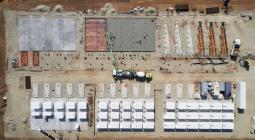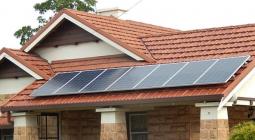2019’s Biggest Renewable Energy Trends Includes Microgrids.

According to new findings from Infiniti Research, 2019 looks extremely promising for the renewable energy sector. New renewable energy trends are likely to gain momentum as a greater number of organizations are embracing sustainable techniques for energy generation. In fact, renewables have become mainstream in the power sector in nearly all parts of the world. Renewable energy technologies have also proven to be reliable and now provide the lowest-cost power generation options in many situations.
The following are Infiniti Research’s renewable energy trends for 2019.
Energy storage
One of the key renewable energy trends that is increasingly gaining popularity right now is energy storage. It plays an important role in balancing the demand and supply of power and also has the power to tackle intermittency issues of renewable energy. By pairing a storage system with a renewable energy source, a smooth and steady power supply can be ensured even when the weather conditions are not optimal for energy generation. Batteries are the most common storage devices used in renewable energy systems. The use of these devices is seeing an increasing trend on both residential as well as commercial level.
Deployment of microgrids
Microgrids refers to local energy grids that have the power to operate either autonomously or when connected to a larger traditional grid. Such renewable energy industry trends are extremely favored due to their ability to offer energy independence, efficiency, and protection during emergencies. Furthermore, capabilities such as artificial intelligence and machine learning capabilities can be used with microgrid controllers for continuous improvement of operations.
Grid parity and declining costs
Grid parity occurs when an alternative energy source can generate power at a cost and performance level that is equal to or lesser than electricity generated from conventional methods. Solar and wind energy have reached parity in both price and performance in many regions, and modern technologies continue to optimize their competitive edge. Moreover, traditional models of large, top-down, and centrally distributed energy production are being replaced by renewable energy trends that are modular, consumer-driven, and evenly distributed power generation.
9 September 2019
ENERGY MANAGER TODAY





